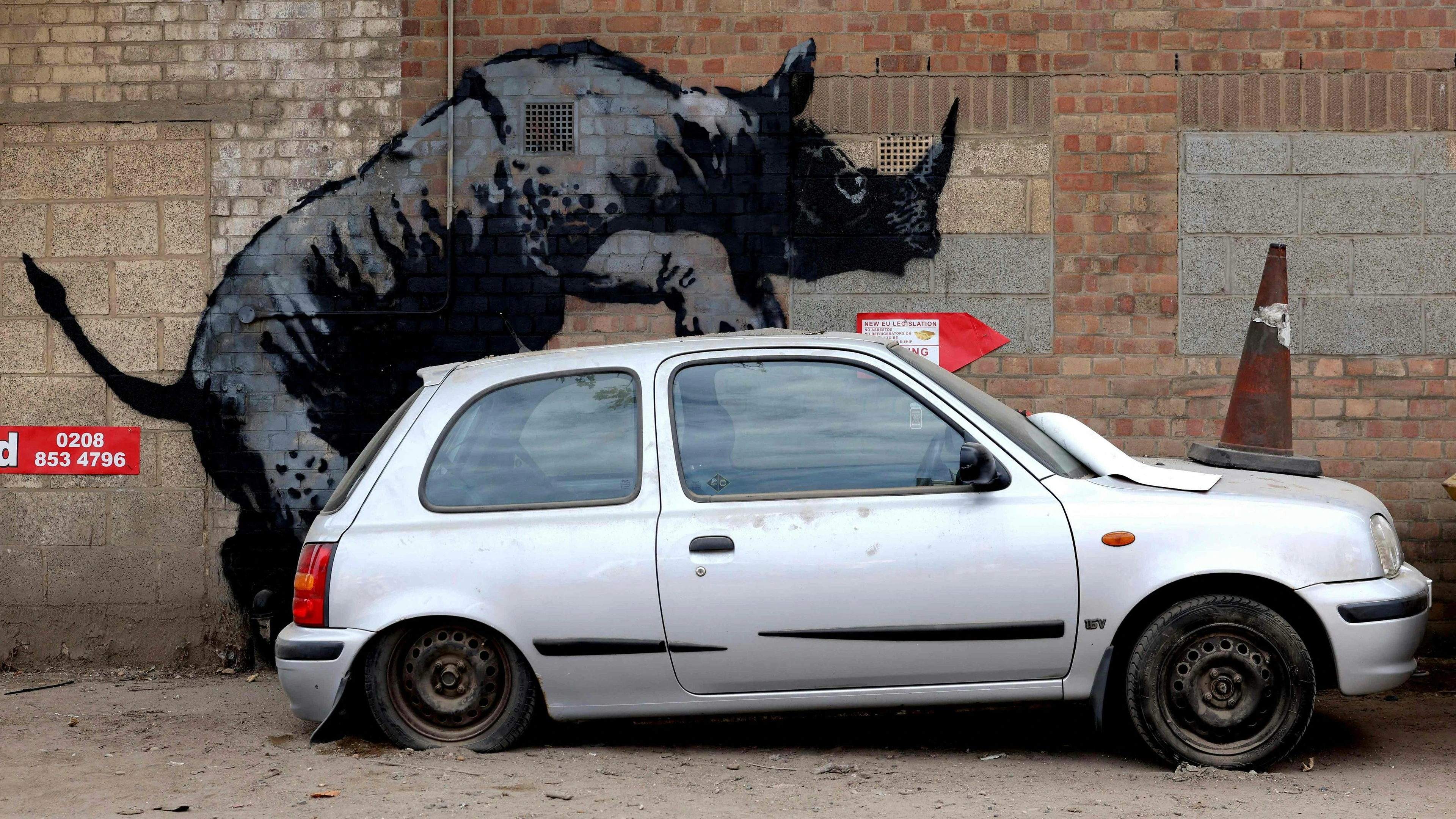
Beyond the Frame: An Artist's Journey Through Uncharted Contemporary Art
Dive into less-trodden contemporary art movements with an artist's personal journey. Explore Neo-Expressionism's raw power, immersive installations, identity-based narratives, BioArt's ecological conscience, and Post-Internet art's digital echoes.
Beyond the Frame: An Artist's Journey Through Uncharted Contemporary Art
I’m going to let you in on a little secret: for the longest time, I thought I "knew" art. I could name the Impressionists, nod knowingly at a Cubist piece, and even had a pretty solid handle on Abstract Expressionism. I felt quite chuffed with myself, actually. But then, as it often does, reality gently nudged me, and I realized my knowledge was more of a cozy, well-worn armchair – comfortable, but not exactly offering a panoramic view of the entire, sprawling landscape of contemporary art. It’s like thinking you’ve mastered cooking after making a perfect scrambled egg. Delicious, yes, but that’s just the very beginning of the culinary adventure, isn’t it?
This article, then, is a bit of a personal journey, a travelogue through the less-trodden paths of modern art, typically from the late 20th century onwards. It’s for anyone who, like me, loves art but occasionally feels that delightful pang of ignorance, perhaps? That feeling when you realize the ocean is vastly deeper than the puddle you've been splashing in. My own journey as an artist creating abstract art often leads me to these deeper waters, where established categories blur and new ways of seeing emerge. I've come to realize that the true vibrancy of contemporary art isn't just in the household names or textbook movements, but in the often-overlooked, boundary-pushing expressions that genuinely shape our world. It's in those moments of "what on earth is that?" that the real magic often happens. So, let’s venture beyond the familiar and explore some of these compelling, often challenging, movements that continue to redefine our understanding of art.
The Echo of Emotion: Neo-Expressionism's Raw Power
My comfort with Abstract Expressionism gave me a solid footing, but it wasn't until I stumbled upon Neo-Expressionism that I felt that familiar jolt of recognition, yet with a twist. It was like seeing a childhood friend, but they'd grown a beard and started a punk band – same spirit, wilder execution. Emerging in the late 1970s and 80s, primarily in Germany and the US, Neo-Expressionism felt like a guttural scream against the perceived intellectualism of Conceptual and Minimalist art. This wasn't just an artistic shift; it was a response to the anxieties of the Cold War era, the disillusionment with utopian ideals, and a desire to reconnect with tangible human experience amidst growing consumerism. Artists wanted to put emotion back on the canvas, raw and unadulterated, often returning to figuration, even if distorted or primal.
I remember seeing a piece by Jean-Michel Basquiat for the first time. It wasn't polite; it was audacious, a flurry of almost childlike marks with deeply complex layers of meaning, touching on race, class, and identity. It made me think about how much we, as artists, pour our unfiltered selves into our work, even when it feels chaotic. It's a refusal to be neat, a rebellion against the expectation of prettiness. And honestly, there's something incredibly liberating about that, both for the artist and the viewer. It reminds me that often, the most impactful art is the one that dares to be a bit messy, a bit confrontational.
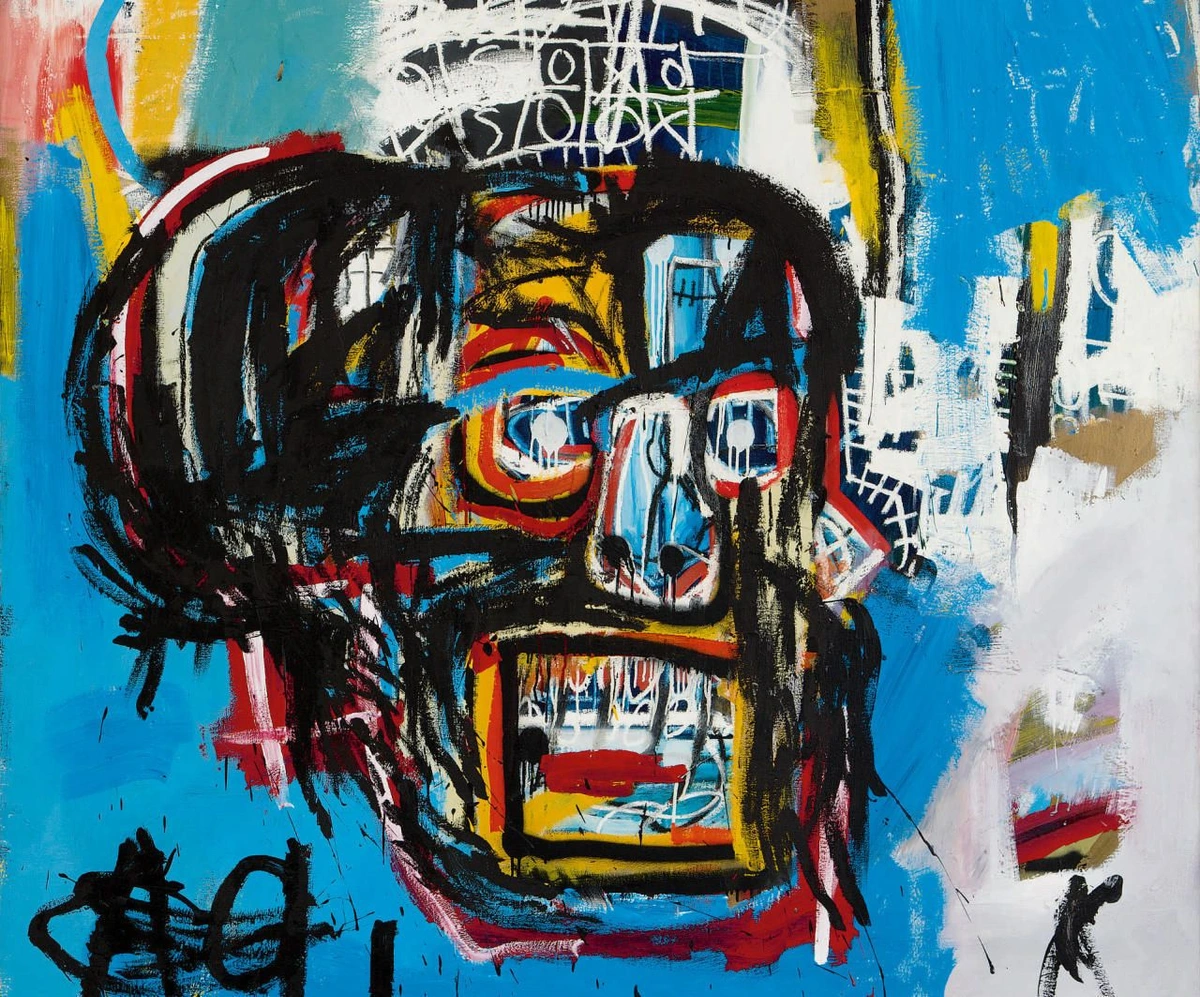
German artists like Georg Baselitz, with his inverted figures, also pushed this idea of unsettling the viewer, forcing a fresh perspective. Beyond these titans, figures like Anselm Kiefer explored historical trauma through monumental works, and Julian Schnabel famously used broken plates, adding to the raw, fragmented aesthetic. It wasn't just about paint on canvas; it was about psychological landscapes, anxieties, and the raw human condition. This movement, for me, was a crucial bridge, demonstrating that even when revisiting older impulses, art can find new, urgent ways to speak. What raw emotions do you find yourself drawn to in art, and how do they challenge your expectations?
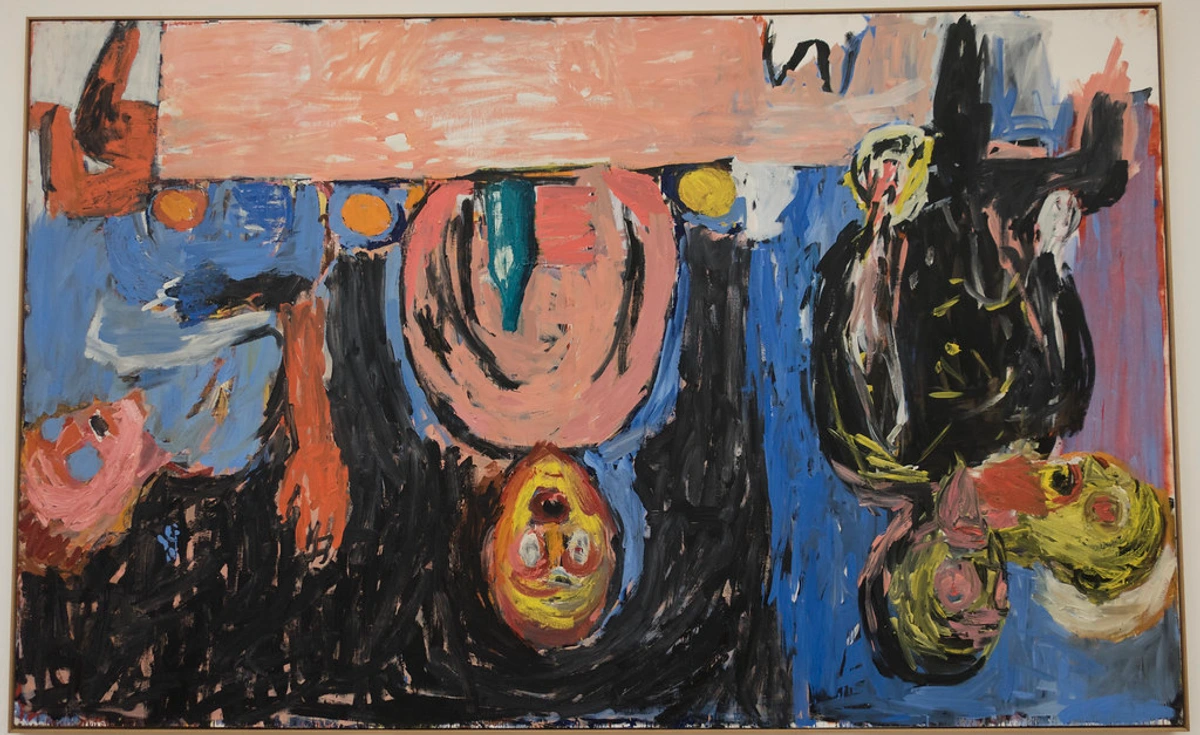
Beyond the Frame: Immersive & Participatory Experiences
If Neo-Expressionism was a loud declaration, then a whole other set of movements began to whisper, then shout, "Come inside! Be part of it!" This is where art started to spill out of the canvas and into the room, sometimes even into your personal space. Before the full immersion of Installation Art or Relational Aesthetics, there was Performance Art, where the artist's body and actions became the medium, often challenging the very notion of a static art object. For a long time, I thought art was something you looked at, respectfully, from a distance. Then I encountered Yayoi Kusama’s 'Infinity Rooms', and my mind was utterly blown. It was like stepping into a dream, or perhaps a particularly intense hallucination, designed just for me.
Suddenly, the art wasn't just an object; it was an environment, an experience. Kusama, with her relentless dots and mirrored spaces, transformed viewing into being. You weren't observing a piece; you were within it, surrounded, reflected, made part of the artwork itself. This kind of experience makes you question the very nature of art. Is it the artist's creation alone, or does the viewer's presence and interaction complete it? For me, an artist constantly exploring layers and depth in my abstract paintings, this idea of total immersion, of creating a world rather than just a window, is incredibly compelling.
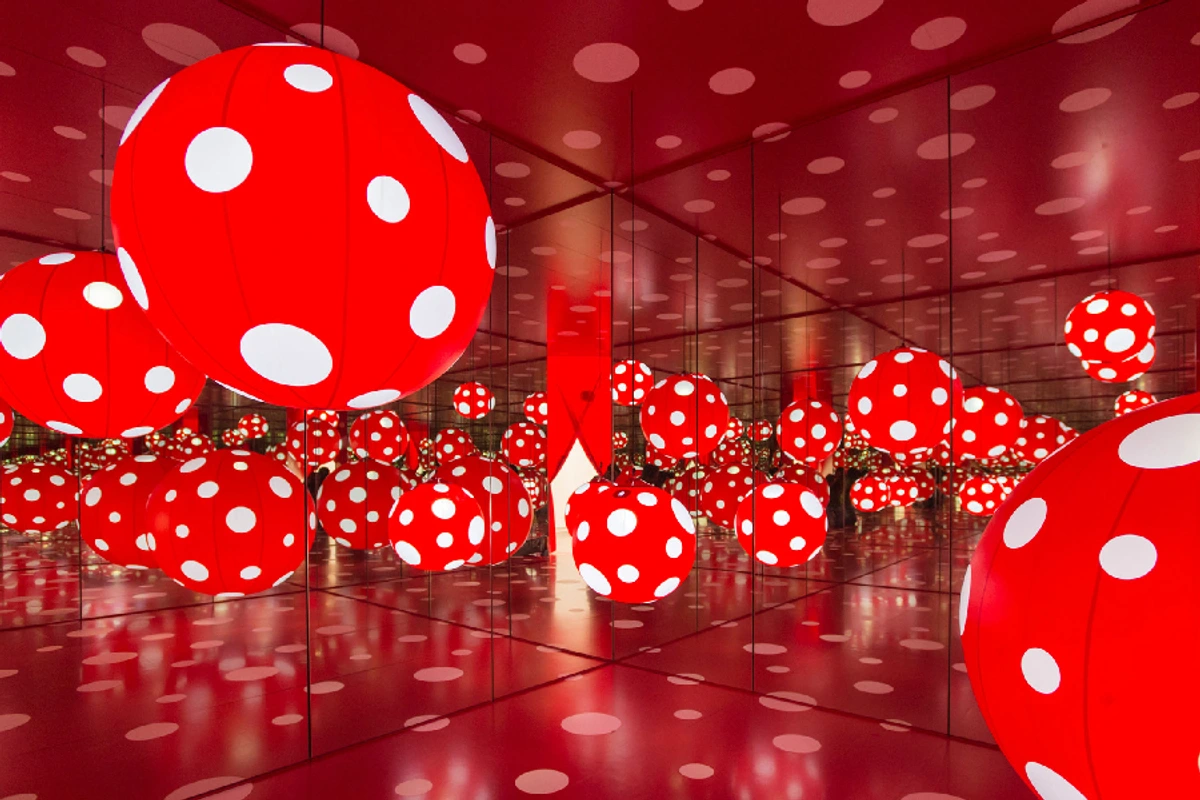
This move towards experience culminated in Relational Aesthetics, a term coined by Nicolas Bourriaud. Here, the artist's role shifts from maker of objects to orchestrator of social situations. Think of it as art that is less about what you see and more about what you do and feel in relation to others. It’s about interaction, shared moments, and human relationships. Imagine an artist setting up a communal dinner in a gallery, inviting strangers to share a meal, where the conversation and shared humanity become the artwork itself. Or Marina Abramović's durational performance art, where the shared presence and emotional exchange with the audience are central. The 'art' is the social exchange, the temporary community formed, the conversation sparked. It’s wonderfully awkward, challenging, and profoundly human – a true reflection of our interconnected, sometimes messy, world. How do you feel about art that requires your active participation, blurring the lines between observer and creator?
Art & Identity: Reclaiming Narratives
There’s a deeply powerful current running through contemporary art that I find endlessly fascinating: the exploration and reclamation of identity. For centuries, art often reflected dominant narratives, but what happens when the marginalized find their voice, loud and clear? This is where movements like Feminist Art and broader Identity-Based Art come into play, radically shifting who gets to be seen and how they're represented. It's like finding a whole library of books you never knew existed, telling stories you desperately needed to hear. Pioneers like Judy Chicago, with her monumental 'The Dinner Party,' or the anonymous collective the Guerrilla Girls, with their pointed critiques of sexism in the art world, paved the way. These artists, and many others, used their platforms to challenge patriarchal structures and champion diverse perspectives.
Consider the work of Kara Walker, whose massive, intricate silhouette installations tackle the brutal history of slavery and racial injustice in America. Her work isn't just visually striking; it's a visceral punch to the gut, forcing a confrontation with uncomfortable truths. It’s an act of re-narrating history, giving voice and form to experiences that were suppressed. When I see art like this, it makes me pause, not just as a viewer, but as an artist. It pushes me to think about the stories I'm telling, even in my abstract marks, and how they might resonate with broader human experiences. There's a responsibility there, a weight that comes with creative expression.
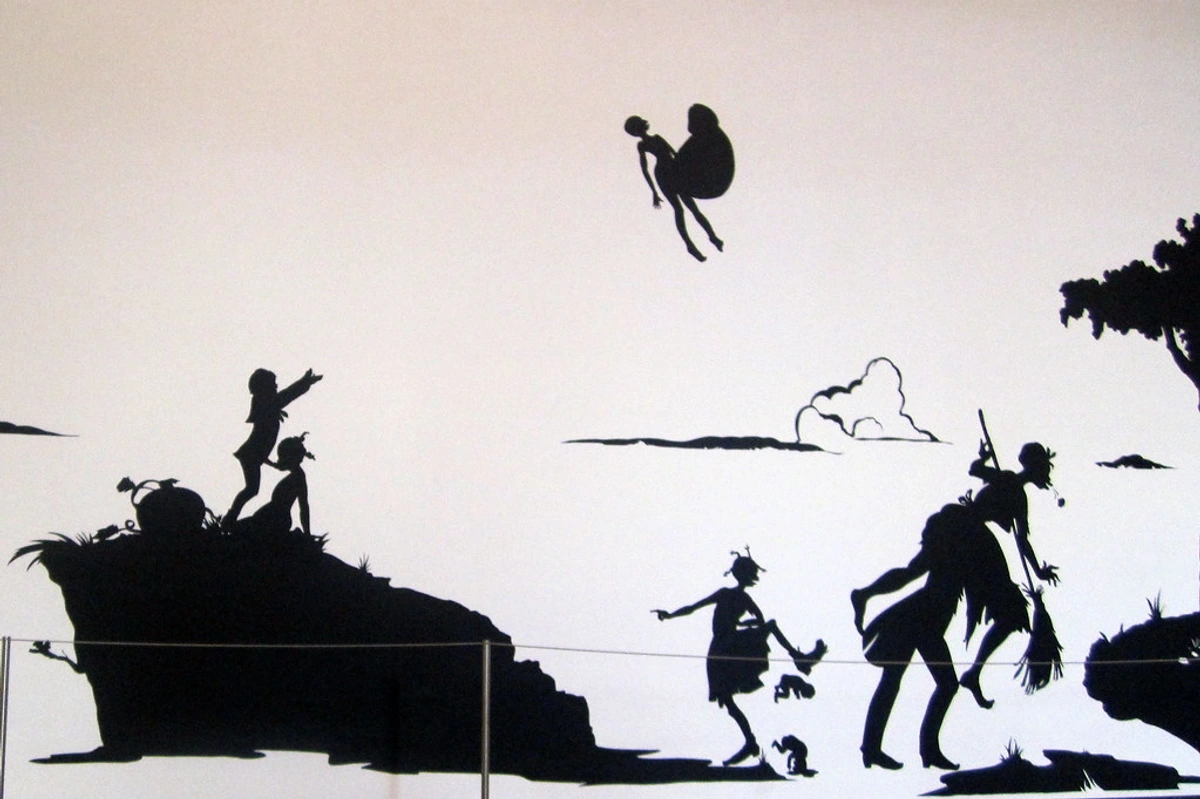
These movements challenge us to see art not as a detached aesthetic object, but as a vital, active force in cultural discourse. They ask us to question who holds the brush, who dictates the gaze, and whose stories are told. It’s a constant, evolving conversation, and one that makes the art world feel incredibly alive and relevant. Whose stories do you feel are still underrepresented in the art world today?
Art & Ecology: BioArt and EcoArt's Living Canvas
Pushing the boundaries even further, some contemporary artists are quite literally bringing life into their work, or engaging directly with the living world. This is where BioArt and EcoArt emerge, movements that feel incredibly urgent and deeply philosophical. They challenge our relationship with nature, technology, and even what constitutes 'life' itself in an artistic context. For me, as someone who finds endless inspiration in the organic patterns and vibrant energies of the natural world for my abstract creations, these movements resonate deeply with the idea of art as a living, breathing entity.
BioArt often involves working with living tissues, bacteria, organisms, and bio-technologies. Think of artists growing sculptures from mycelium, or manipulating DNA to create new forms. It's often provocative, questioning ethics and the very definition of creation. It's a dialogue with science, a blurring of the lab and the studio, making visible the invisible forces that shape life. It asks, what does it mean to create with life, rather than just depict it? And where do the boundaries of human intervention lie?
EcoArt, on the other hand, is broader, focusing on environmental issues, sustainability, and the health of ecosystems. Artists might create land art installations that restore damaged habitats, use recycled materials to highlight waste, or produce performance pieces that raise awareness about climate change. It’s art with a direct social and ecological mission, transforming passive observation into active engagement with our planet. Both movements push us to consider our place in the ecosystem and the profound impact of our actions. It's art that asks us not just to look, but to live more consciously. Have you ever encountered art that made you rethink your relationship with the natural world?

The Market, The Museum, and The Mirror: Forces Shaping Contemporary Art
Stepping back from individual movements, it's impossible to truly understand the vastness of contemporary art without acknowledging the powerful forces that shape it – the market, the museums, and the broader cultural mirror it holds up. For an artist, the art world can sometimes feel like a bewildering ecosystem, a blend of passionate creation and hard commerce. How much of what we deem "important" is shaped by auction houses and influential collectors? It's a question that hums beneath the surface of every gallery opening, every major exhibition, and every record-breaking sale. Think of the meteoric rise of artists like Banksy, whose street art commands staggering prices, ironically turning anti-establishment messages into high-value commodities. This phenomenon highlights how the market can both amplify and co-opt artistic voices.
Similarly, the role of curation and institutions is immense. Museums and galleries are not just passive display spaces; they are powerful arbiters of taste, history, and relevance. They contextualize, interpret, and ultimately canonize movements and artists, making choices that steer the narrative of art history. I often wonder about the unseen conversations behind those majestic walls, the quiet decisions that elevate one voice over another, or how a single major exhibition can cement an artist's legacy. It’s a reminder that even in a world of radical self-expression, gatekeepers exist, and their influence is profound. Institutions like the Museum of Modern Art (MoMA) or the Tate Modern, for instance, play a huge role in defining what is considered 'contemporary' and 'significant.'
And then there's the mirror. Contemporary art, in all its forms, is often a direct reflection of our times – our anxieties, our triumphs, our social upheavals. The rise of identity-based art, for instance, isn't just an internal art world development; it mirrors global conversations around equity and representation. EcoArt and BioArt reflect our growing environmental concerns and ethical debates around technology. The digital shift in art reflects our increasingly hyper-connected lives. Art doesn't happen in a vacuum; it breathes the same air we do, shaped by globalization, political shifts, and technological leaps. It's a dialogue, often messy and challenging, between the creator, the viewer, and the very fabric of our shared reality. What unspoken forces do you believe most heavily influence the art that gains prominence today?
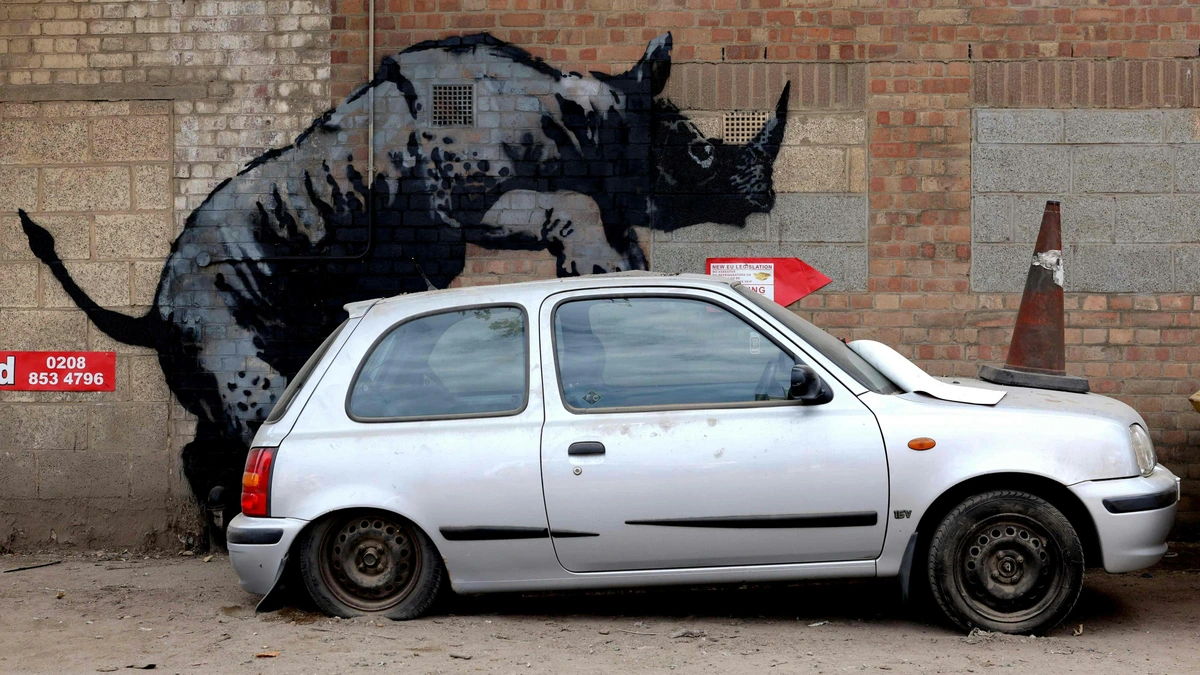
The Digital Echo Chamber: Post-Internet Art and Beyond
And then there’s the internet. Ah, the internet. It changed everything, didn't it? Including art. Post-Internet Art isn't necessarily art about the internet, but art made in full awareness of its pervasive influence. It’s art that understands virality, digital aesthetics, and the constant stream of information. It's like our brains have been rewired by endless scrolling, and now art reflects that fractured, hyper-connected reality. I mean, who hasn't felt that slight sense of anxiety when your Wi-Fi drops, even for a second, and the world just... pauses? That's the ambient hum this art lives in.
This movement often blurs the lines between the digital and the physical. Artists might create digital images that are then printed and exhibited, or they might make physical sculptures that mimic glitch aesthetics, like a distorted internet banner brought into three dimensions. There’s a playful, sometimes critical, engagement with consumer culture, online identity, and the sheer overwhelming nature of data. I recently stumbled across an artist who creates hyper-realistic renderings of absurd stock photos, then prints them monumentally – it’s a bizarre, funny, and deeply resonant commentary on how we consume images. It forces me to consider how my own work, even when physical, exists in a world saturated with digital imagery. How does a painting compete, or coexist, with a viral video? It’s a fascinating, sometimes unnerving, question.
This isn't just about a specific aesthetic; it's about the very condition of making and viewing art in a world perpetually online. The world is a feed, constantly updating, and Post-Internet artists are navigating its currents, often with a wry smile. While closely related, it’s worth noting that Digital Art itself, encompassing everything from early computer graphics to virtual reality experiences, forms its own expansive field. Post-Internet, however, is specifically defined by its awareness of the internet's cultural and social impact, rather than just using digital tools. It’s a testament to how quickly art adapts, reflecting our anxieties and fascinations almost instantly. And who knows, maybe someday there’ll be a museum in Den Bosch dedicated solely to the art of the meme. How do you think our online lives are shaping the art we create and consume?
Contemporary Art Movements at a Glance
To help navigate this exciting, sometimes bewildering landscape, here's a quick overview of the movements we've explored:
Movement | Key Characteristics | Notable Artists (examples) | Focus |
|---|---|---|---|
| Neo-Expressionism | Raw emotion, figuration (often distorted), psychological intensity, bold brushstrokes, return to painterly expression. | Jean-Michel Basquiat, Georg Baselitz, Anselm Kiefer | Emotion, Identity, History |
| Installation Art | Creating immersive environments, transforming spaces, engaging multiple senses. | Yayoi Kusama, Olafur Eliasson | Environment, Experience, Perception |
| Performance Art | Artist's body and actions as the medium, often ephemeral, live events, challenging traditional art objects. | Marina Abramović, Joseph Beuys | Body, Time, Interaction |
| Relational Aesthetics | Art as social situations, fostering human interaction, shared experiences, temporary communities. | Rirkrit Tiravanija, Liam Gillick | Social Relations, Participation |
| Identity-Based Art | Exploration and reclamation of identity (gender, race, sexuality, etc.), challenging dominant narratives. | Kara Walker, Judy Chicago, Guerrilla Girls | Identity, Power, Representation |
| BioArt | Working with living organisms, biological processes, biotechnology, questioning ethics and life itself. | Eduardo Kac, Marta de Menezes | Life, Ethics, Science |
| EcoArt | Focus on environmental issues, sustainability, ecological restoration, often site-specific. | Agnes Denes, Christo and Jeanne-Claude (land art) | Environment, Sustainability, Awareness |
| Post-Internet Art | Art made in awareness of the internet's pervasive influence, digital aesthetics, virality, online culture. | Artie Vierkant, Petra Cortright | Digital Culture, Information, Perception |
Embracing the Vastness: My Ongoing Journey
So, my little secret is out: I don't "know" art in the way a textbook might define it. Instead, I'm constantly learning, constantly feeling that delightful pang of ignorance, realizing there’s always more to discover, more to challenge my preconceptions. These aren't just obscure footnotes in art history; they are vibrant, challenging, and deeply human expressions that redefine what art can be, and what it can do. From the raw emotion of Neo-Expressionism to the immersive worlds of Installation Art, the critical narratives of Identity-Based Art, the living canvases of BioArt, and the digital echoes of Post-Internet Art – the landscape is truly boundless, a mosaic of past, present, and future influences.
My own artistic journey, much like these movements, is one of continuous exploration, of pushing boundaries and finding new expressions. It's about taking those initial impulses and seeing where they lead, letting intuition and intent guide the brush, or whatever tool comes to hand. This endless curiosity, this willingness to grapple with the "what on earth is that?" moment, is at the heart of my own abstract creations.
If this little travelogue through some of the less-trodden paths has sparked a similar curiosity in you, then my work here is done. Don't stop at the familiar; keep exploring, keep questioning, and maybe, just maybe, you'll find a piece that truly resonates, a new perspective that makes your own world feel a little more vibrant. Perhaps even something among the art for sale that speaks to that adventurous spirit, echoing the boundary-pushing energy of these very movements.
Because in the end, art isn't about knowing all the answers; it's about asking better questions, and celebrating the endless, glorious complexity of human creativity and connection.




